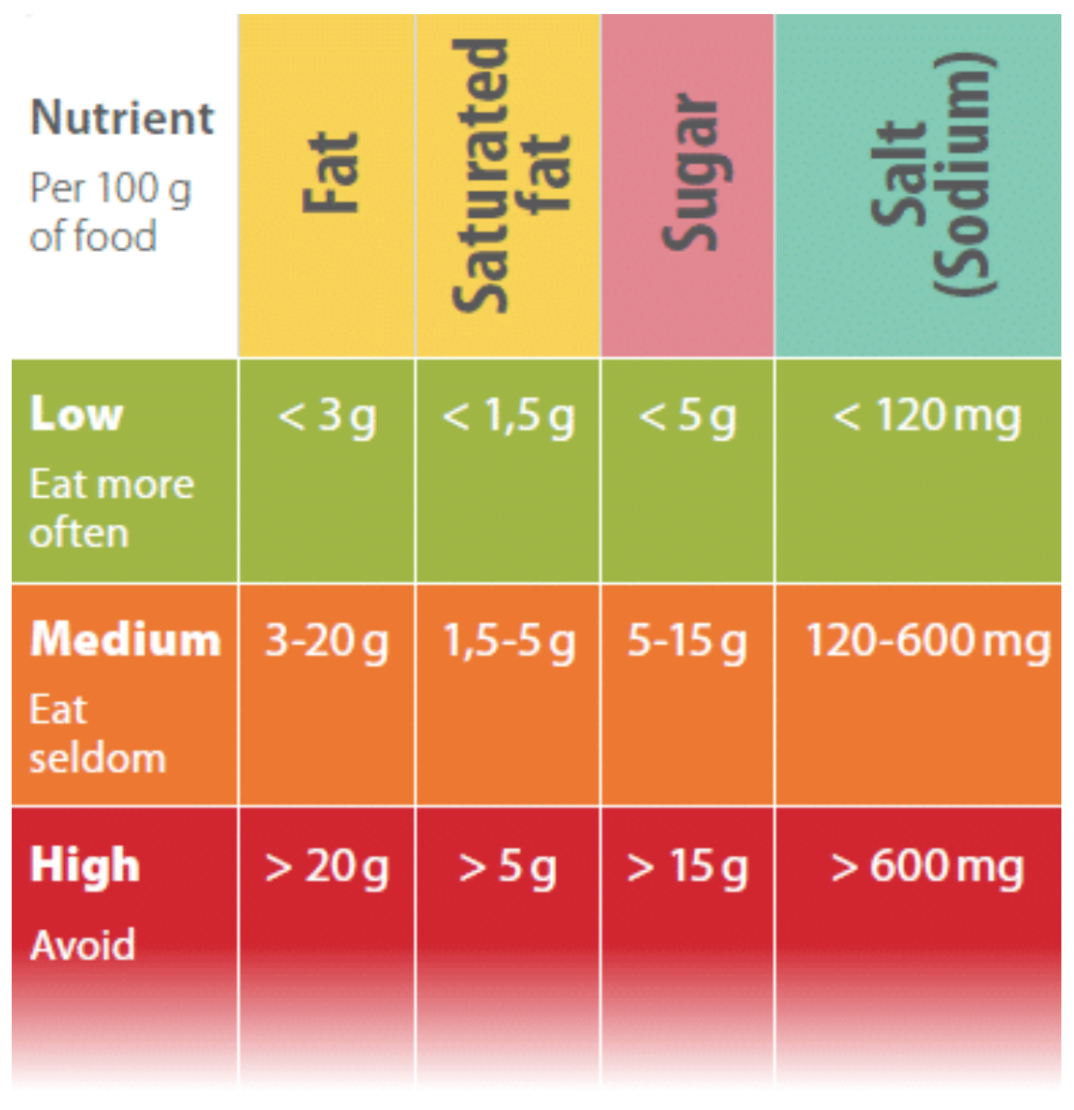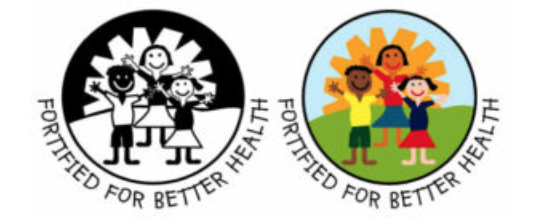Understand Nutrition Labels

Food labels can be confusing and even deceiving, and consumers can benefit from knowing how to better understand and use nutritional information. Here are some label reading tips to help you make quick, healthy, and informed food decisions:
1. Serving information
When reading the nutrition label, look at the serving size and the number of servings in the packaging.
Serving sizes are standardised and provided in units that make it easier to compare similar foods. This includes the number of calories – if half or two servings are consumed, the number of calories will be half or double.
This is a reflection of the portion people usually eat or drink, and not a recommendation for how much people should eat or drink. The quantity people should eat or drink depends on many factors, including age, gender, and activity level.
For example, the serving size on an oats label could be 40g. This does not mean that you should only have 40g of the oats per day, but it can be a helpful guide.
Be careful here, because the “suggested serving” is not always the same as the packaging size. For example, the serving size for a sports drink may be 250ml, but most are packaged in 500ml containers.
The nutritional values on the label are also listed per 100g, to make it easy to compare to other products as serving sizes vary. It is also helpful to look for certain limits or targets (see below).
2. Nutritional values
The nutritional values show the nutrients that may impact health.
It is beneficial to look for foods with more of the nutrients you want and fewer of those you want to limit. For example, you may want to choose foods that have less saturated fat, sodium, and added sugar, and those with more dietary fibre.
Here are some guidelines of nutrients to look out for:
- Foods that are low in saturated fat should not have more than 1,5g per 100g.
- Foods that are low in sodium (salt) should have less than 120mg per 100g.
- Foods that are low in sugar should have less than 5g per 100g.
The Heart and Stroke Foundation of South Africa suggests using the table below to decide if a food is high or low in fat, saturated fat, sugar and sodium (salt). Foods in the ‘low’ group can be eaten more often, but foods in the ‘high’ group should rarely be eaten, or only on special occasions.
3. The ingredient list
Look for foods that have a short ingredient list and contain items that you would cook with or eat at home.
The ingredients are listed by weight, which means that those that appear first are what the product consists of most.
For example, in this list of ingredients for marshmallows, the first two ingredients are glucose syrup and sugar, meaning that this is what they are mostly made of.
Pay attention to the first 3 to 5 ingredients on the list.
4. The difference between total sugar and added sugar
The value for total sugar on the label includes all the sugar that naturally occurs in the product, as well as any sugar that has been added.
Many nutritious foods have natural sugar, such as milk and fruit. Added sugars are those that are added during the processing of food. These will appear on the ingredients list. Things such as fruit juice concentrate, honey, glucose, sugar and syrup are examples of added sugar.
5. What does sugar-free mean?
If a food item has the claim of being “sugar-free” on the label, there is less than 0,5g of total sugar per 100g/100ml of the product.
6. What does low-fat mean?
If a food item has the claim of being “low-fat” on the label, there is less than 3g total fat per 100g or 1,5g per 100ml of the product.
Some minced meat and processed meat might say “lean” or “extra lean” on the label. Lean mince has less than 10% total fat and the extra lean mince has less than 5% total fat.
7. What is fortified food?
Food fortification is the process of intentionally increasing the amount of an essential micronutrient in food. This is done to improve the nutritional quality of the food and provide a public health benefit.
In South Africa, certain maize-meal and wheat flours are fortified with vitamin A, thiamine, riboflavin, niacin, pyridoxine, folic acid, iron and zinc. You can see if a product has been fortified by looking for the fortification profile on the label (see below).
8. Symbols to look out for
- Heart and stroke foundation
This heart mark logo is used by The Heart and Stroke Foundation of South Africa to help consumers to identify healthier food options.
Food products with this logo are confirmed to be a healthier choice and can contribute to reducing and managing high blood pressure, high cholesterol, diabetes, cardiovascular disease, and other conditions when consumed as part of a healthy, balanced lifestyle.
- Food fortification
See explanation above
- CANSA
The CANSA Seal of Recognition was launched in the early 2000s, and aims to promote a smart, balanced lifestyle using the CANSA Smart Choice Seal on products. Having the Seal establishes the brand as responsible, health-conscious and consumer-centred. The aim of the programme is to help consumers make smart, informed choices when purchasing products and to help lower cancer risk.
Cut the question work out of eating well by signing up for our Nourish Plan and following our nutritious meal plans.





